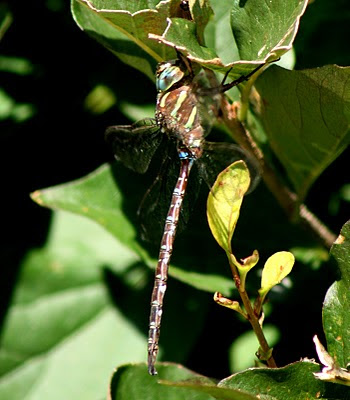Night before last, a big cold front was scheduled to move through and bring us the first frost of the season. Dennis and I moved a lot of our potted plants inside and covered all the others that we left out on the patio. It was a lot of work, but worth it because I doubt we will have another frost for a few more weeks. I'm just not ready to see the outdoor growing season come to end just yet!
Yesterday, which dawned bright and clear, was pretty chilly - the low temp was a degree or so below freezing, so we were glad that we had taken care of the plants. In the afternoon I was sitting at my desk at work in my north facing office on the 12th floor and was treated to the start of the monarch butterfly migration. In less than one hour, I saw at least 20 monarch butterflies heading south past my window in downtown Rochester, Minnesota. The cold front had initiated the big migration.
 |
| Nectaring on purple coneflower. |
 |
| and Liatris (blazing star) back in July. |
It is amazing and awe-inspiring that these butterflies will wind up in Mexico for the winter. Not a bad plan.



















































